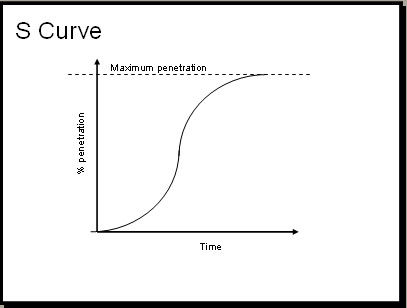Open source still not the first option


This is a point open source executives like Matt Asay continue to struggle with, one that closed-source advocates continue to hammer on. (Picture from the Breakthrough Institute.)
Open source is shared freeloading.
Not that there's anything wrong with that. Once a software process is established, the shared freeloading of open source cuts costs for what is now "basic" to a bare minimum.
But when a market is new, like smart buildings that save energy, the source will stay closed. This is true even at open source advocates like IBM. Return on investment is what's touted, but customers first need to return the developers' investment.
Is there anything wrong with that? I don't think so. Innovations that save early adopters money must get their price in order to justify investment in a small market base. Without the hope of profit, why do it?
At the same time, such profits should not become permanent, or entrenched like the monopoly rents Microsoft enjoyed (and continues to enjoy) from Windows and Office. Open source, given time, whittles away those profits. It sunsets them.
In the case of building management, there is an open source alternative called OpenLynx, but it is having trouble gaining traction because the mass of building managers are not convinced of its utility. They have yet to be sold.
IBM or Cisco can sell them. So can Johnson Controls, IBM's partner in its building management deal. But sales and marketing cost money. That money comes from proprietary profit.
What is happening in building management is instructive to the whole open source community. In building management we are moving rapidly from the start-up phase into mass adoption, and big proprietary players are moving in to merge energy management with mainstream computing.
As this market moves through the center of the s-shaped demand curve, there will be a lot of money to be made. The optimal price will be a little higher than the market wants to pay.
But as any market approaches saturation, the optimal price drops. Proprietary vendors resist this drop. But open source provides the market pressure that can force it. The proprietary game moves on, and open source carries the day.
Open source is market evolution in action.